Draw and write about scary Halloween houses with a printable Halloween descriptive writing activity pack.
Description Writing Has Never Been So Scary!
This Halloween, take your students on a spine-tingling journey of imagination and vocabulary with a Haunted House writing project.” This spooktacularly resource is perfect for inspiring students to step into the creepy world of haunted houses, crafting descriptive essays that will surely spookify your classroom with ease.
Haunted Houses Make the BEST Descriptive Writing Prompts!
This resource pack contains a variety of printable planning pages to help your students brainstorm ideas and features of the spooky house that haunts their imaginations. These guides help students build the foundation and write descriptive essays rich in sensory language, highly engaging, and fun to read!
We’ve included the following writing exercises to help your students write the spookiest haunted house descriptions possible!
-
Haunted House Idea Map – Students will brainstorm ideas for what their haunted house looks like on the outside and inside, along with what might be heard and where it may be located.
-
Design a Haunted House Worksheet – Students will draw their haunted house from the outside and use their drawing and brainstorming information to write a descriptive essay.
-
Who Lives in a Haunted House? Worksheet – Students will draw a spooky creature that lives in their house and write a list of descriptive adjectives they can use to describe it.
-
What’s in a Haunted House? Students will design and draw an interior room in their haunted house. They will then label their drawing to generate more ideas for their essay.
Download Your Halloween Writing Activity Today!
Ready to get your lesson plans under wraps? Your new resources are ready and waiting. Give that dropdown arrow on the Download button a click for your choice of Editable Google Slides or easy-to-print PDF. Download, Print, and Go!
This resource was created by Lisamarie Del Valle, a Teach Starter Collaborator.
Need More Hair-Raising Halloween Activities for Kids?
Before you go, remember to grab these hair-raising activities to bring the spooky to centre stage!
[resource:5005037] [resource:5002818] [resource:5001065]


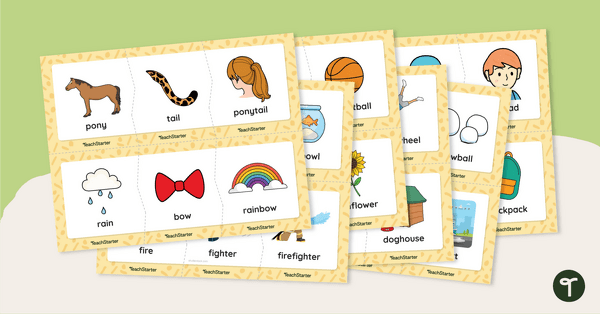
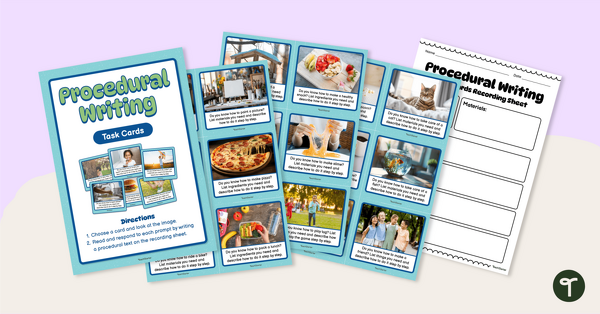
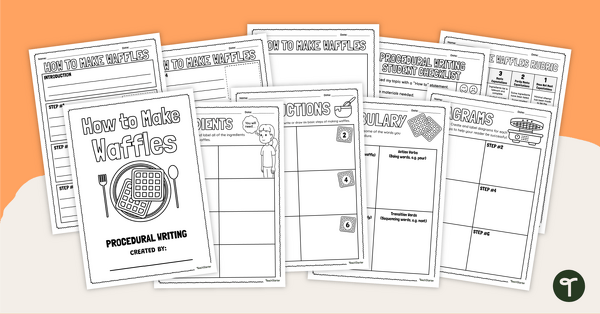
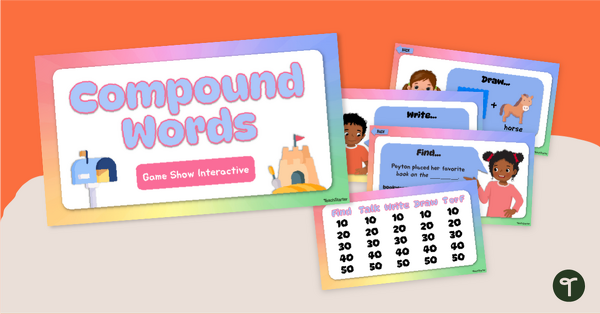
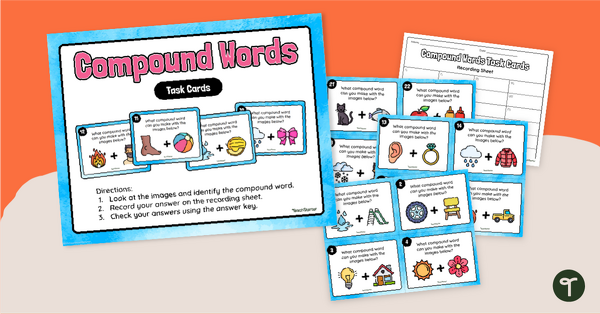
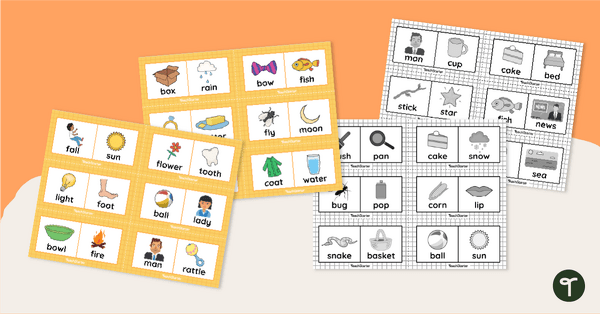


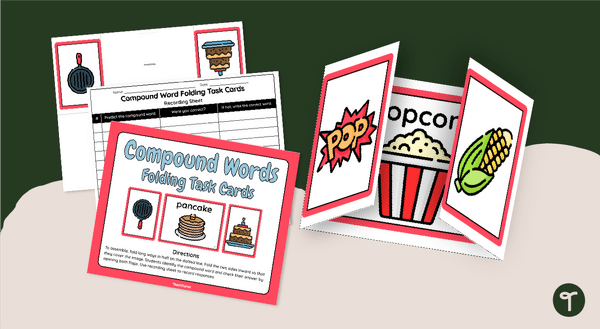
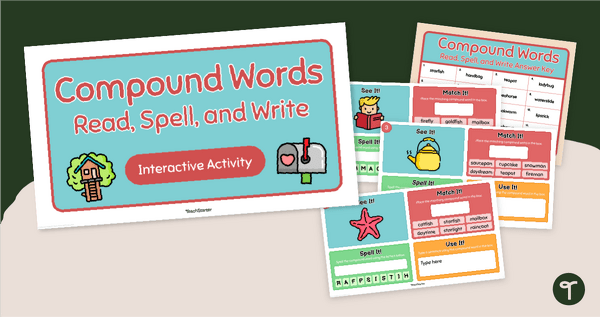
0 Comments
Write a review to help other teachers and parents like yourself. If you'd like to request a change to this resource, or report an error, select the corresponding tab above.